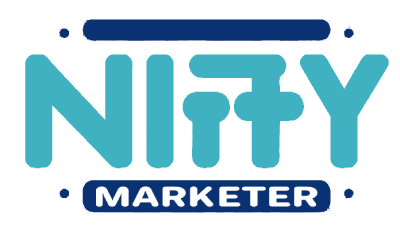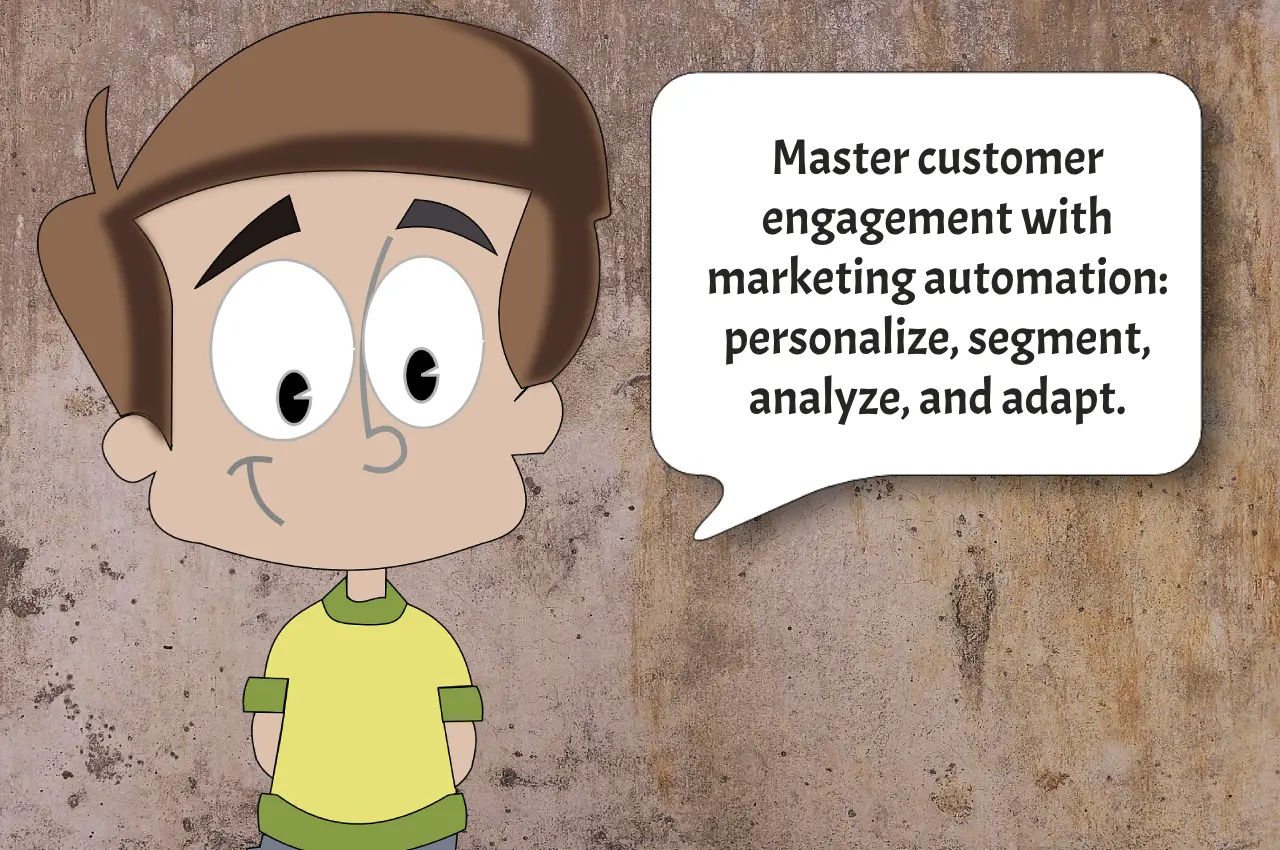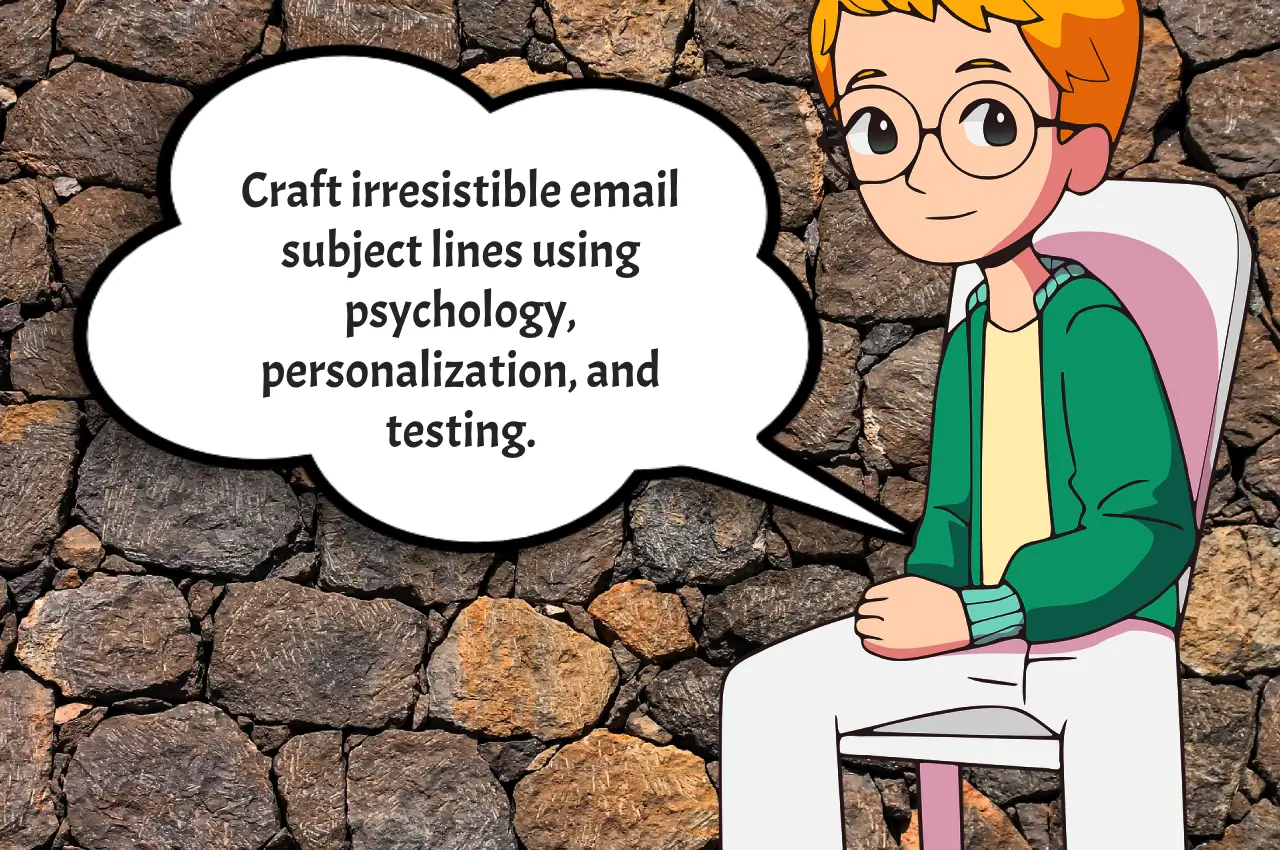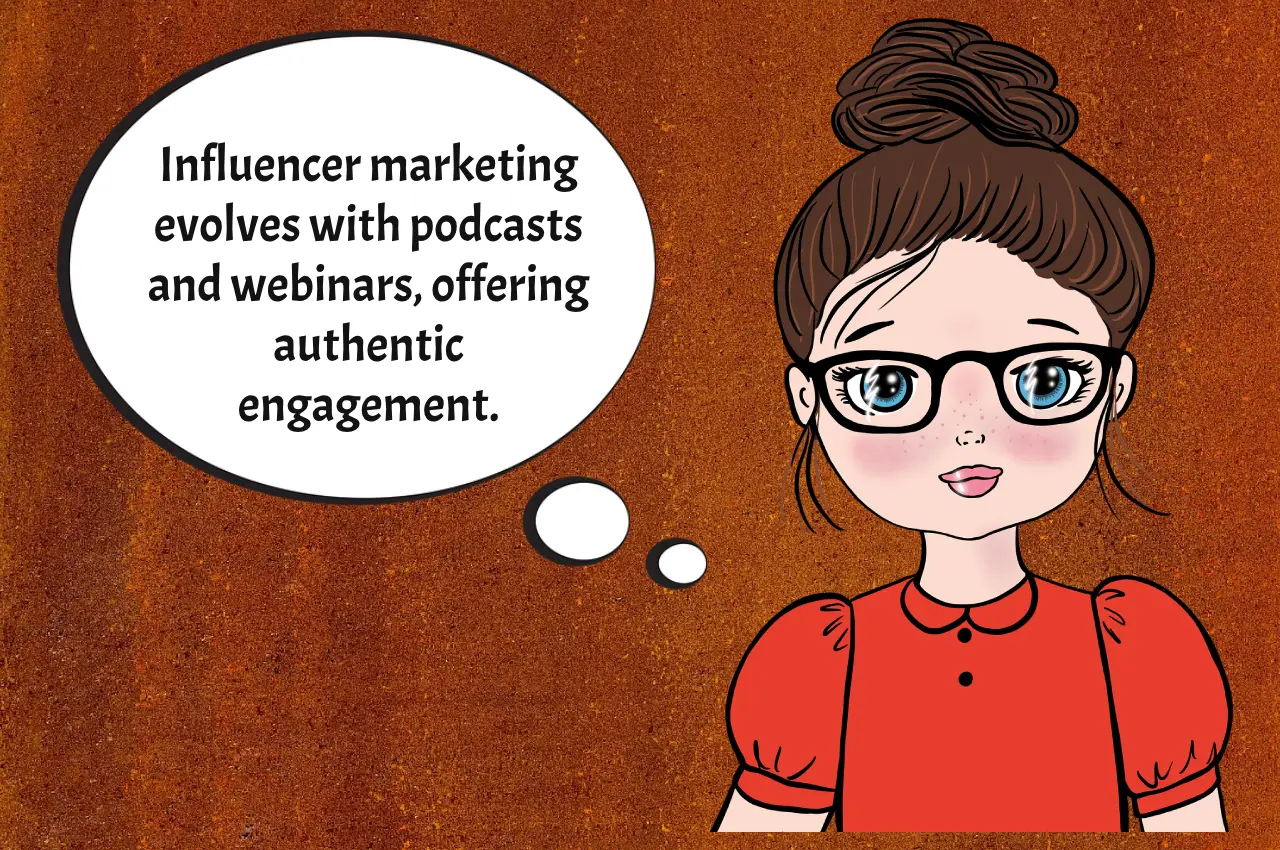Crafting an effective marketing strategy in today’s diverse global landscape requires finesse, especially when navigating the complexities of multilingual communication. In this article, we delve into the world of multilingual marketing automation and its adaptation to cater to diverse linguistic audiences. Let’s explore how businesses can harness the power of automation to engage with their multilingual audiences seamlessly.
Understanding Multilingual Marketing Dynamics
In our interconnected world, businesses often find themselves catering to audiences speaking different languages. Whether it’s targeting customers in diverse regions or reaching out to multicultural communities within a single market, the need for multilingual marketing strategies is undeniable.
Multilingual marketing encompasses various aspects, including language translation, cultural adaptation, and localized content creation. It’s not merely about translating words; it’s about conveying the right message in a way that resonates with each linguistic group.
Enter Marketing Automation
Marketing automation offers a solution to streamline and optimize marketing efforts across languages. By leveraging automation tools and platforms, businesses can automate repetitive tasks, personalize content, and deliver targeted messages to different language segments efficiently.
Key Benefits of Multilingual Marketing Automation
Enhanced Efficiency: Automation eliminates manual processes, allowing marketers to focus on strategy and creativity.
Personalized Engagement: Tailoring content based on language preferences and cultural nuances fosters deeper connections with diverse audiences.
Improved ROI: Targeting multilingual audiences effectively leads to higher conversion rates and better returns on marketing investments.
Case Study: Global E-commerce Platform
Consider the case of a global e-commerce platform expanding its reach into new markets across Europe and Asia. By implementing a multilingual marketing automation system, the platform was able to:
- Automate email campaigns in multiple languages, delivering relevant promotions to customers worldwide.
- Dynamically adjust website content based on user location and language preferences, enhancing the browsing experience.
- Analyze customer data across different language segments to fine-tune marketing strategies and optimize conversion rates.
The result? A significant increase in international sales and improved customer satisfaction across diverse linguistic groups.
Challenges and Solutions
While multilingual marketing automation offers immense potential, it also comes with its share of challenges. Some common hurdles include:
Language Quality: Ensuring accurate translations and maintaining linguistic consistency can be challenging, especially across multiple languages.
Cultural Sensitivity: Adapting content to cultural nuances requires careful consideration to avoid misunderstandings or unintentional offense.
Technical Integration: Integrating automation tools with existing systems and platforms may pose technical challenges, requiring expertise and resources.
To overcome these challenges, businesses can:
- Invest in professional translation services to maintain language quality and cultural authenticity.
- Conduct thorough market research to understand the preferences and behaviors of different linguistic segments.
- Collaborate with IT experts to ensure seamless integration and compatibility of automation tools.
Content Localization Strategies
Content localization involves more than mere translation. One advanced technique is transcreation, where content is creatively adapted to align with cultural nuances while preserving the original message’s intent. Transcreation goes beyond word-for-word translation to evoke the same emotions and reactions from the target audience. For instance, a humorous advertisement that resonates in one culture might require a different approach in another to maintain its appeal and effectiveness. This strategy ensures that content feels native to each audience, enhancing engagement and brand loyalty.
Multilingual SEO Optimization
Optimizing content for search engines in multiple languages is crucial for expanding reach and improving visibility. This involves conducting keyword research in each target language to identify the most relevant and high-traffic terms. Localization techniques, such as adapting keywords to fit the linguistic and cultural context, are essential. For example, the way people search for products or services in one language may differ significantly from another. Implementing multilingual SEO ensures that your content ranks well across diverse search engines, driving more organic traffic from various regions.
Social Media Engagement
Social media plays a pivotal role in multilingual marketing by connecting brands with diverse audiences. Automation tools can streamline the management of content scheduling, engagement tracking, and sentiment analysis across multiple language channels. These tools enable brands to post content at optimal times for different regions, monitor audience interactions, and analyze sentiments to tailor responses accordingly. This approach not only saves time but also ensures consistent and timely engagement, fostering stronger relationships with followers worldwide.
Customer Journey Mapping
Mapping the customer journey across different language segments helps identify key touchpoints for personalized communication and targeted messaging. By understanding the unique behaviors and preferences of various language groups, brands can create more relevant and engaging experiences throughout the buyer’s journey. For instance, localized email campaigns, personalized landing pages, and culturally relevant content at each stage can significantly enhance customer satisfaction and conversion rates. This tailored approach ensures that each interaction feels personal and relevant, driving higher engagement and loyalty.
A/B Testing and Optimization
Continuous testing and optimization are vital for the success of multilingual marketing campaigns. A/B testing allows brands to compare different versions of content to determine which resonates best with specific language groups. Automation tools can facilitate this process by tracking performance metrics, such as click-through rates, conversion rates, and engagement levels. By analyzing these metrics, brands can refine their strategies, making data-driven decisions to maximize impact. This iterative process ensures that campaigns remain effective and relevant, adapting to changing audience preferences and market trends.
The Road Ahead
As businesses continue to expand their global footprint, the demand for multilingual marketing automation will only grow. By embracing automation technologies and adopting a customer-centric approach, organizations can unlock new opportunities and drive sustainable growth in diverse markets.
Conclusion
In today’s multilingual world, effective communication is the key to success in marketing. By harnessing the power of automation and understanding the nuances of different languages and cultures, businesses can build meaningful connections with their audiences worldwide.
Are you ready to take your marketing strategy to the next level? Embrace multilingual marketing automation and unlock the full potential of your global reach.
Share your thoughts on multilingual marketing automation in the comments below! How has it impacted your business or marketing strategy?





